Finding Slope and Y-Intercept Worksheets
If you're a math teacher or a student in need of practice with finding slope and y-intercept, you're in the right place. In this blog post, we will explore a selection of worksheets that are designed to help you strengthen your understanding of these key concepts in algebra. These worksheets provide a range of problems and examples to help you become more confident in analyzing linear equations.
Table of Images 👆
More Other Worksheets
Kindergarten Worksheet My RoomSpanish Verb Worksheets
Cooking Vocabulary Worksheet
DNA Code Worksheet
Meiosis Worksheet Answer Key
Art Handouts and Worksheets
7 Elements of Art Worksheets
All Amendment Worksheet
Symmetry Art Worksheets
Daily Meal Planning Worksheet
What is slope?
Slope is a measure of how steep a line is. It is the ratio of the vertical change (rise) to the horizontal change (run) between two points on a line. It indicates how much a line rises or falls for each unit increase in the horizontal direction. A positive slope means the line rises from left to right, a negative slope indicates the line falls from left to right, and a zero slope represents a horizontal line.
How do you calculate slope given two points?
To calculate the slope of a line given two points (x1, y1) and (x2, y2), you use the formula: slope = (y2 - y1) / (x2 - x1). Simply subtract the y-coordinates to find the change in y (vertical change) and subtract the x-coordinates to determine the change in x (horizontal change), then divide the two to calculate the slope of the line passing through the two points.
What is the meaning of a positive slope in a graph?
A positive slope on a graph indicates that as the value on the x-axis increases, the value on the y-axis also increases. This reflects a direct relationship between the two variables, where an increase in one results in an increase in the other.
What is the meaning of a negative slope in a graph?
A negative slope in a graph represents a decline or decrease in the relationship between the variables being plotted. It indicates that as the value of one variable increases, the value of the other variable decreases. The steeper the negative slope, the faster the decrease in the relationship between the variables.
How do you calculate the y-intercept given the slope and a point?
To calculate the y-intercept given the slope and a point, you can use the point-slope form of a linear equation: y - y? = m(x - x?), where m is the slope and (x?, y?) is the given point. Plug in the values of the slope and point, then solve for y to find the y-intercept.
What is the relationship between the slope and the direction of a line?
The slope of a line indicates the direction of the line. A positive slope means the line is moving upward from left to right, a negative slope means the line is moving downward from left to right, and a zero slope means the line is horizontal. Essentially, the slope describes how steep or flat a line is and in what direction it is moving on a graph.
How do you interpret the meaning of the y-intercept in a real-world context?
In a real-world context, the y-intercept represents the starting point or initial value of a situation or relationship. It indicates the value of the dependent variable when the independent variable is zero or at the beginning of the scenario being analyzed. For example, in a linear equation representing the cost of a product, the y-intercept would represent the fixed cost or initial amount required to produce the product before any additional variable costs are included.
How does the y-intercept affect the graph of a line?
The y-intercept of a line indicates the point where the line intersects the y-axis. It affects the graph by determining where the line starts on the vertical axis. If the y-intercept is positive, the line will start above the origin, whereas a negative y-intercept will make the line start below the origin. The y-intercept also helps determine the overall slope and position of the line on the graph.
Can the slope of a horizontal line be zero? Why or why not?
Yes, the slope of a horizontal line can be zero. This is because a horizontal line is parallel to the x-axis and does not rise or fall as x changes. Therefore, the change in y (the rise) for any change in x (the run) is zero, resulting in a slope of zero.
Can the y-intercept of a vertical line be zero? Why or why not?
No, the y-intercept of a vertical line cannot be zero. A vertical line has an undefined slope and is parallel to the y-axis. Since the line is parallel to the y-axis, it does not intersect the y-axis at any point, meaning it does not have a y-intercept.
Have something to share?
Who is Worksheeto?
At Worksheeto, we are committed to delivering an extensive and varied portfolio of superior quality worksheets, designed to address the educational demands of students, educators, and parents.

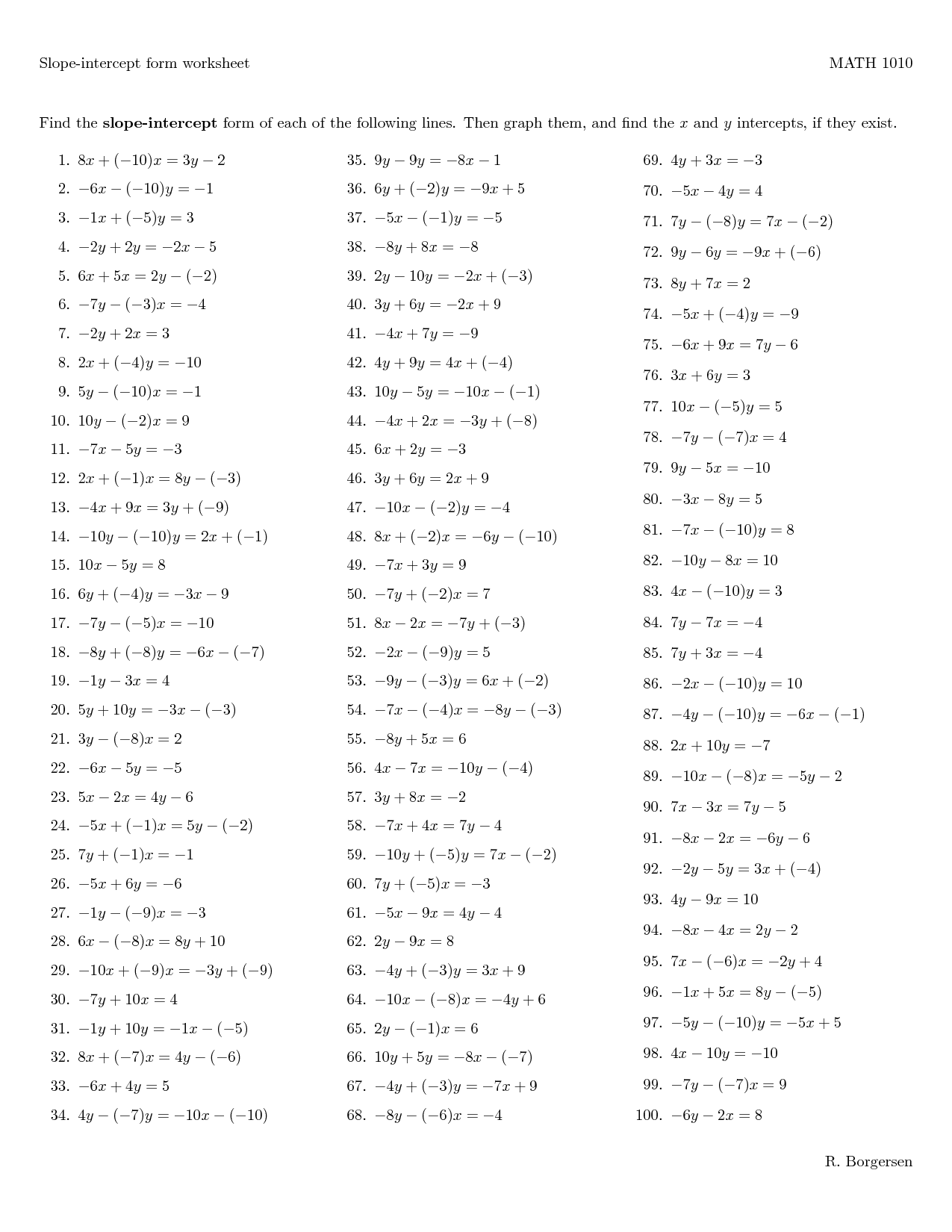



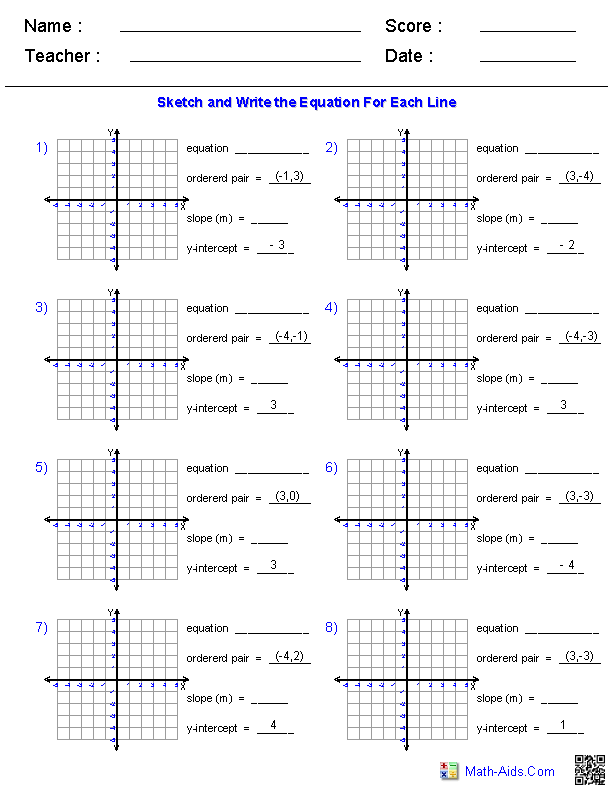



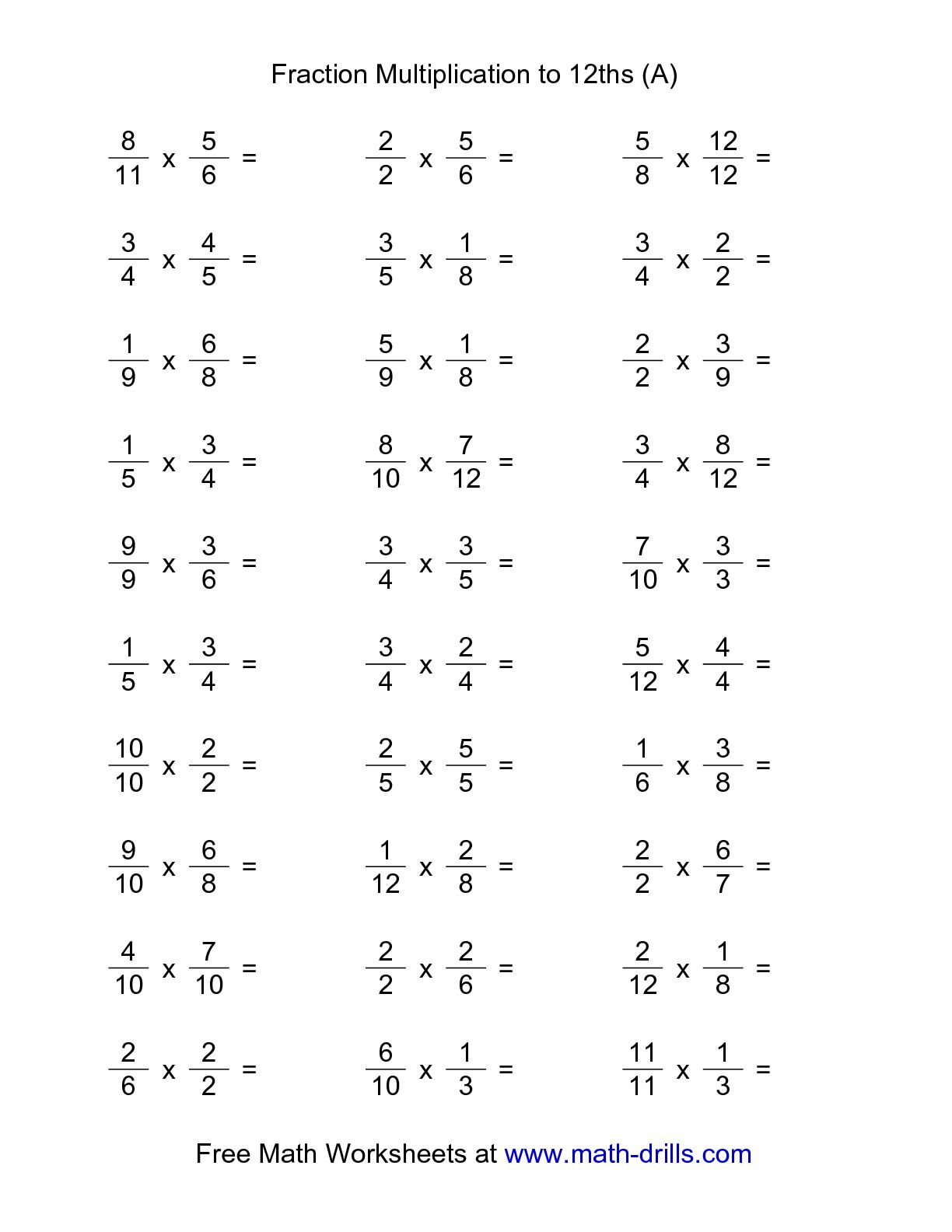
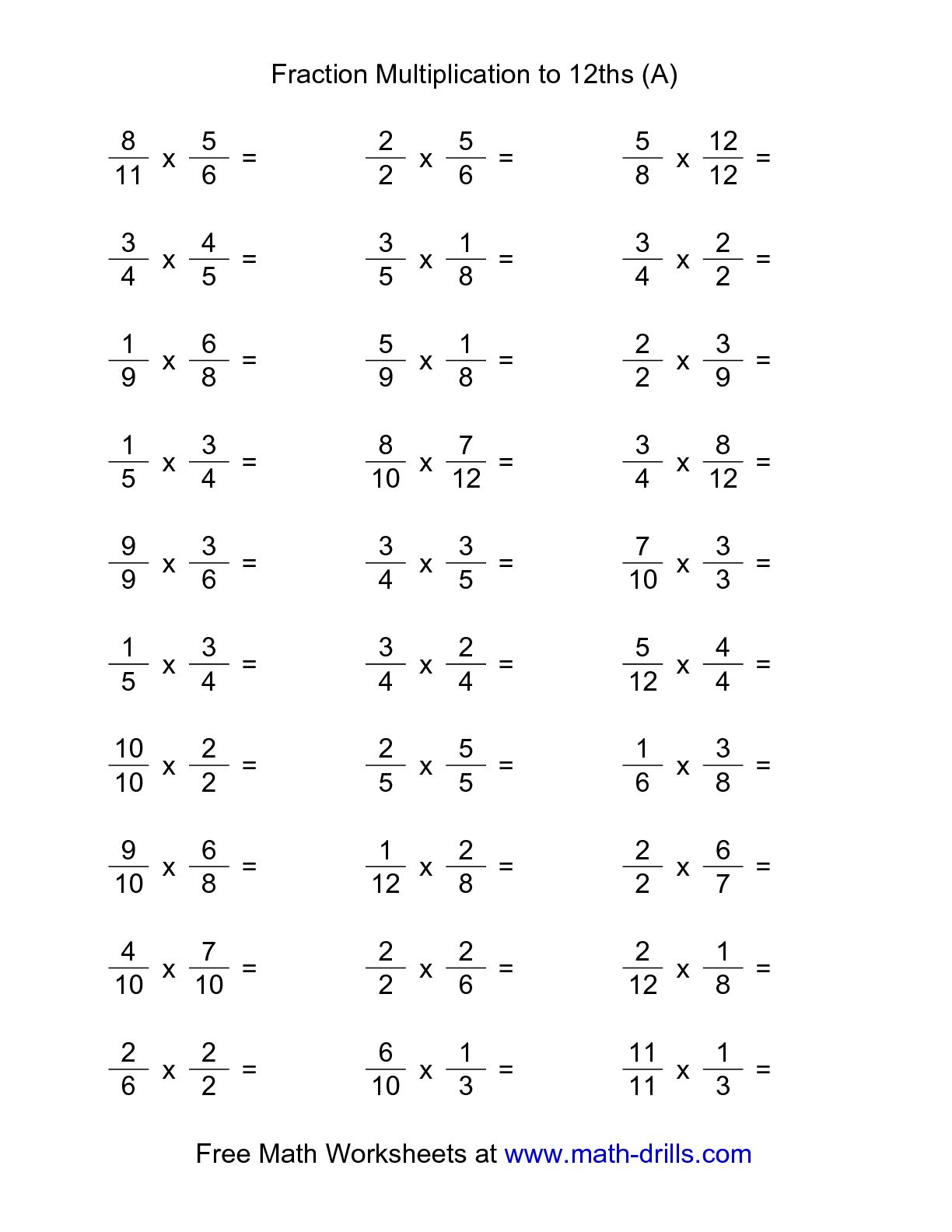

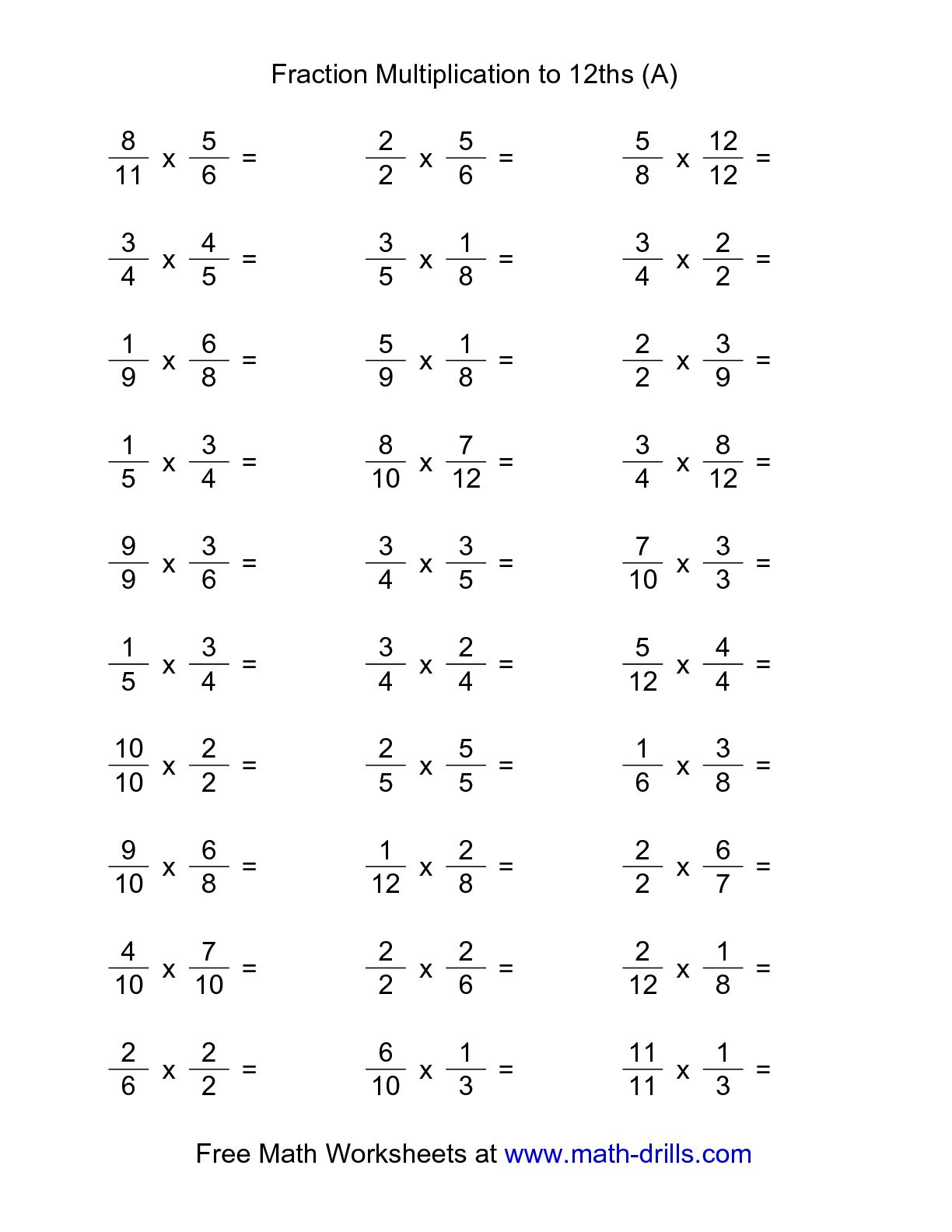
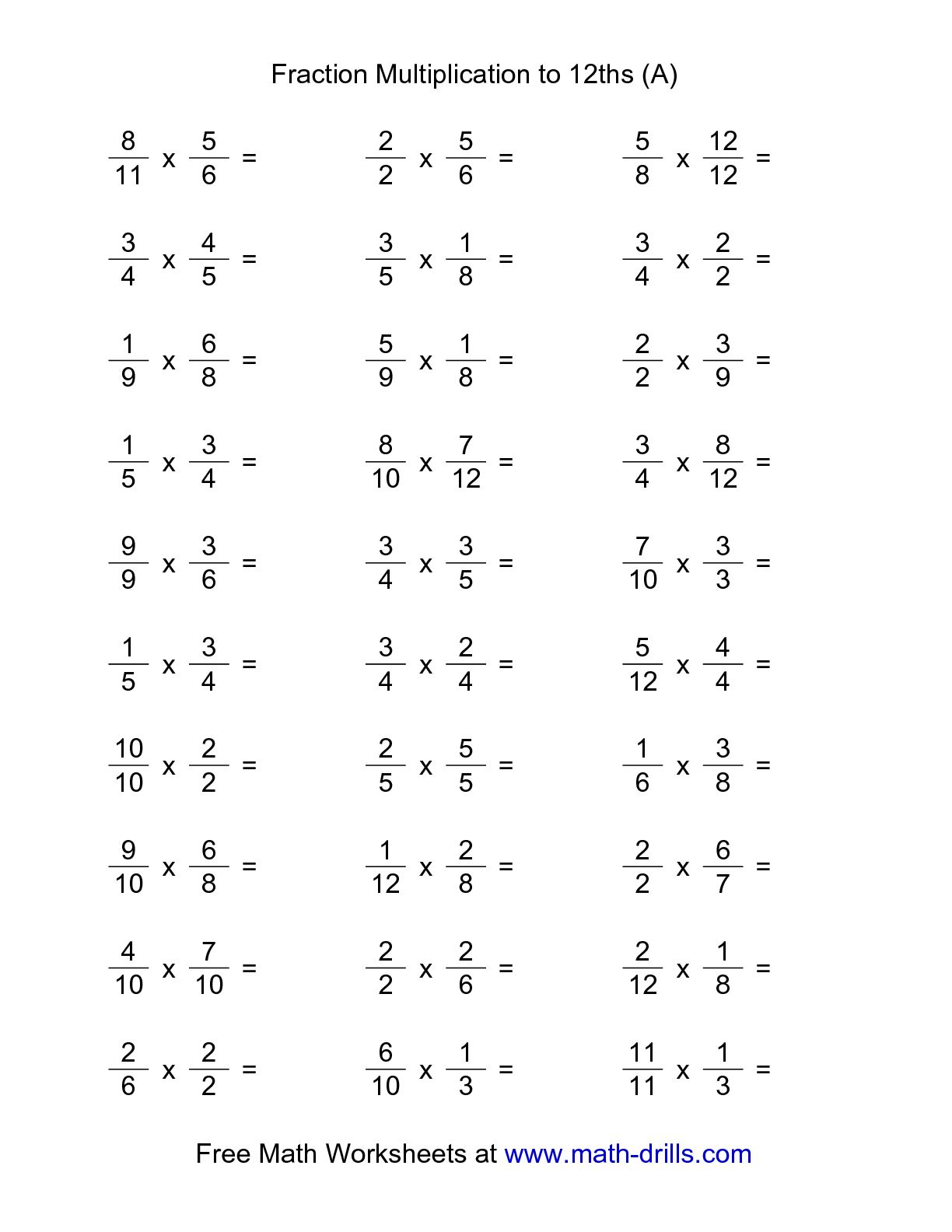
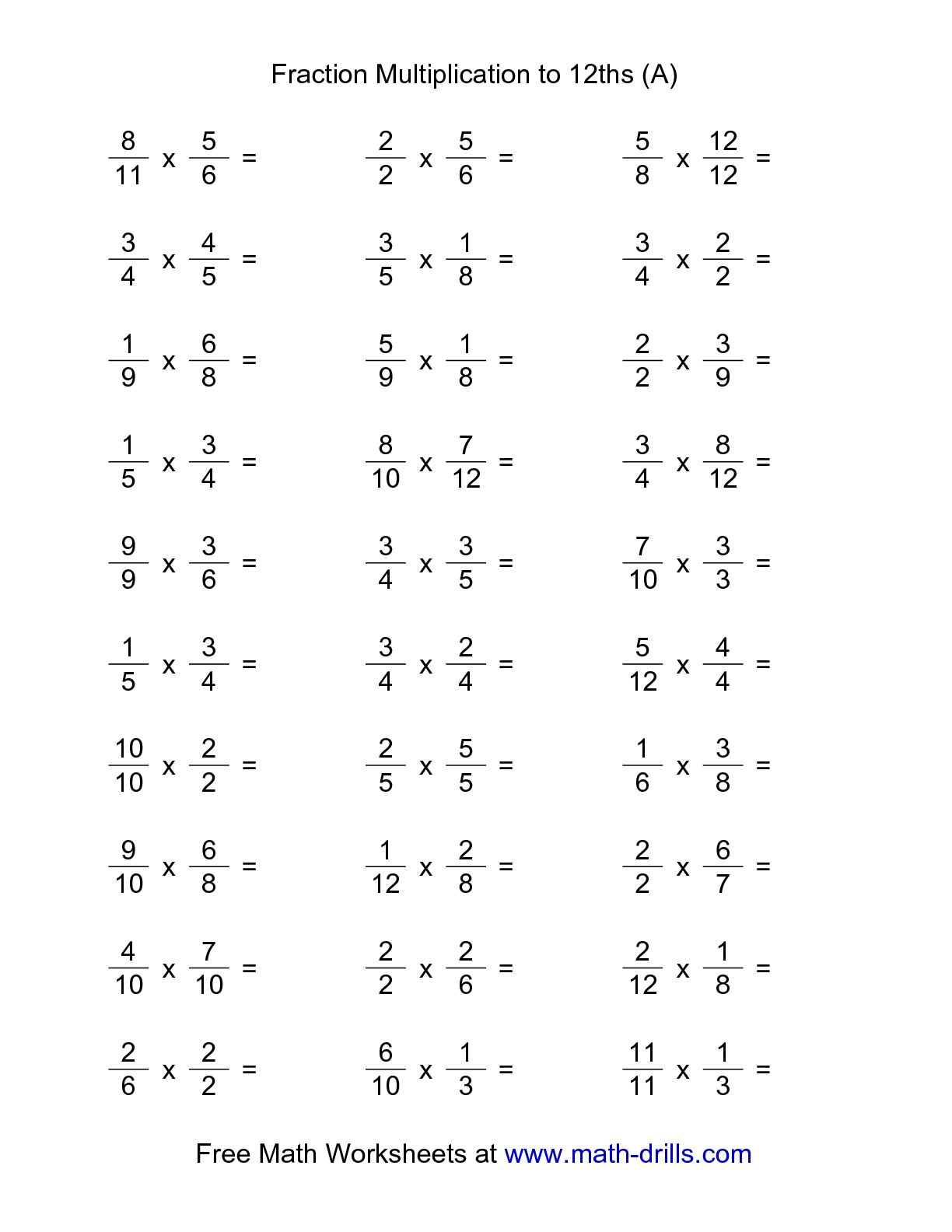
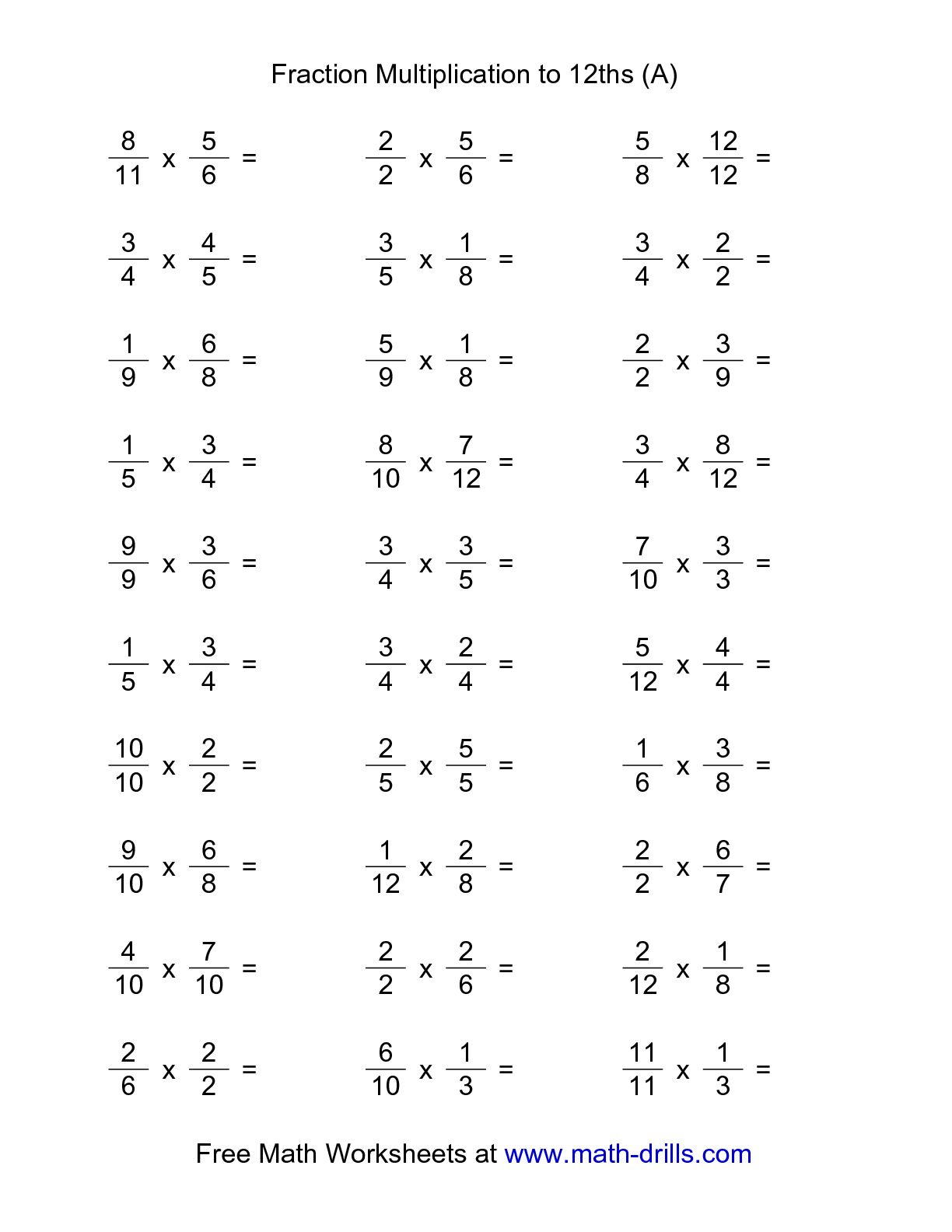
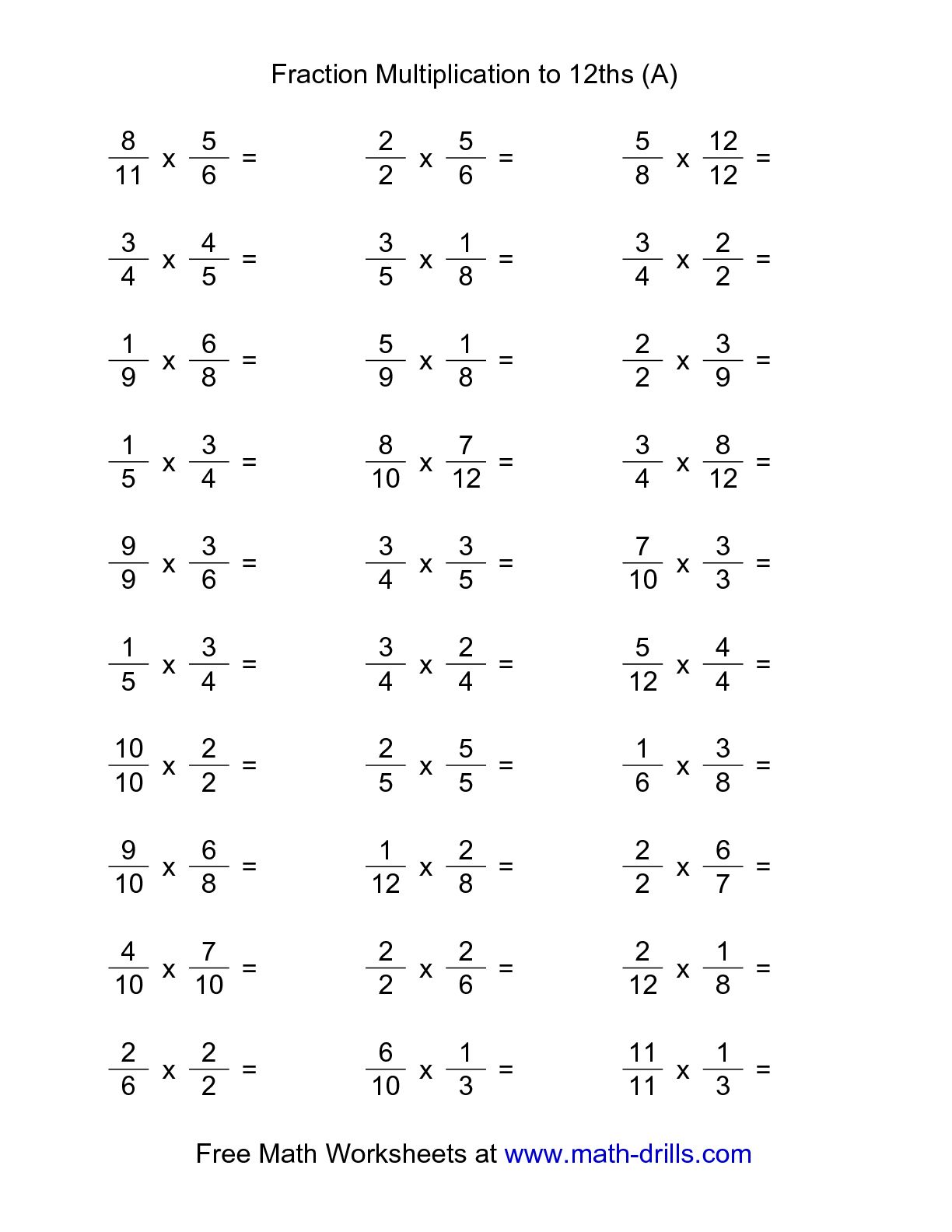
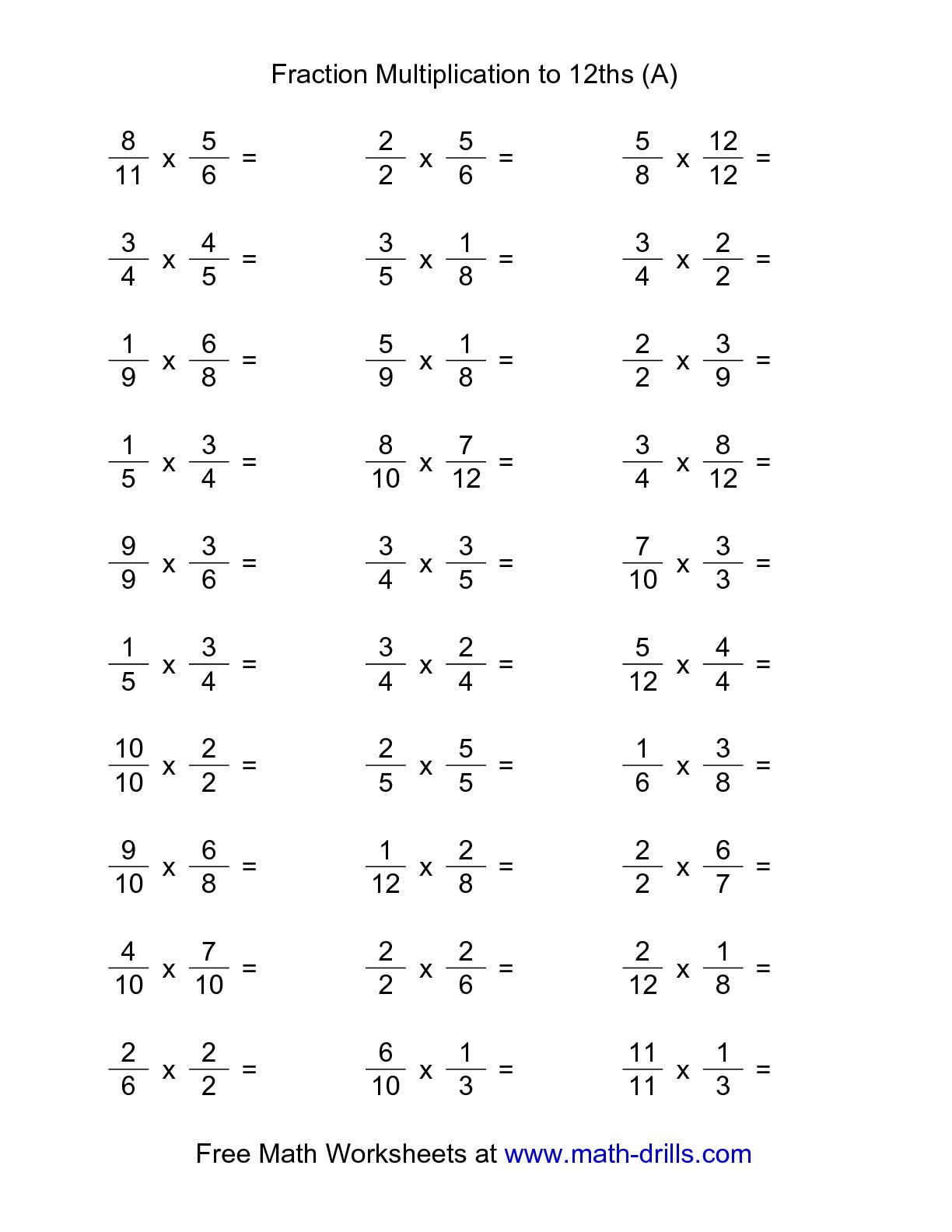
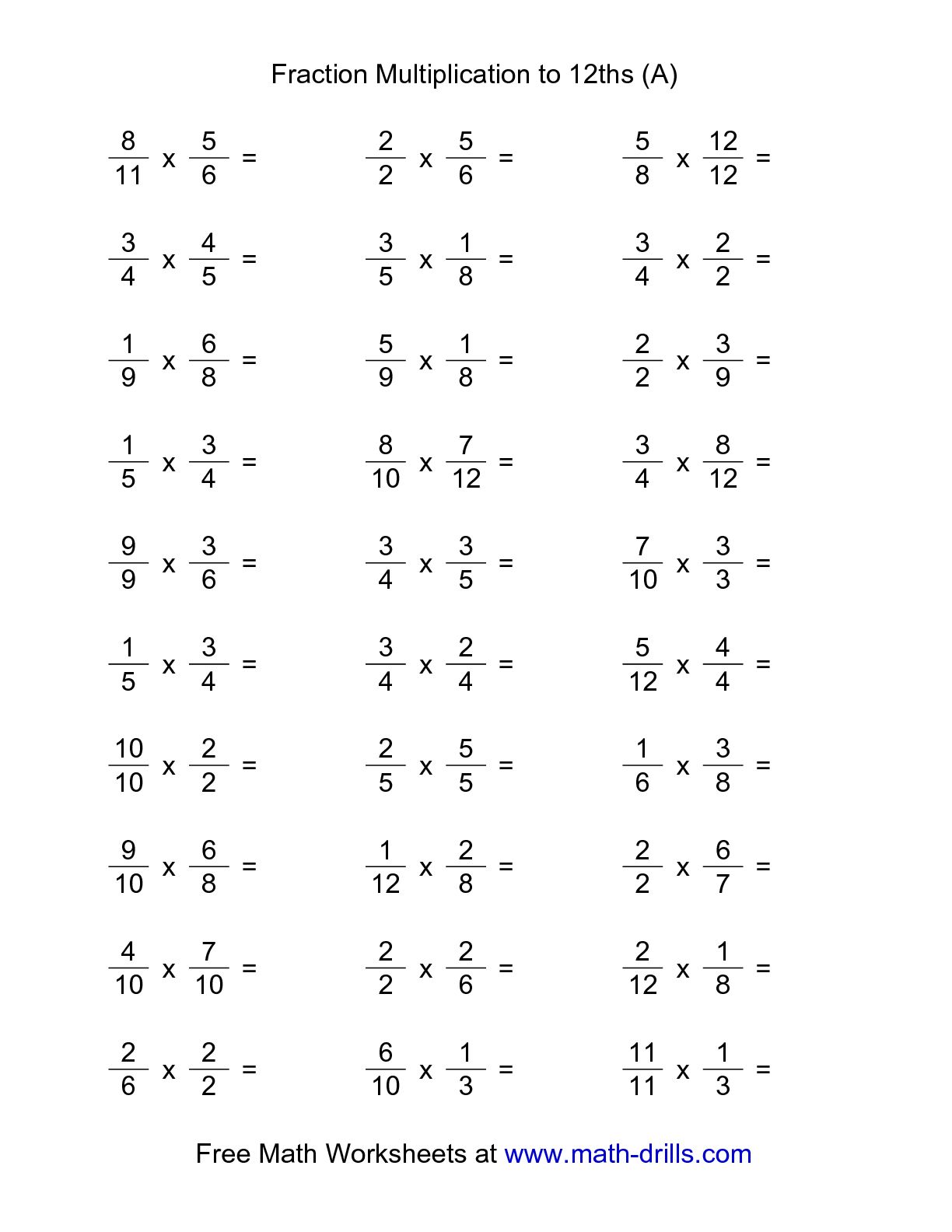
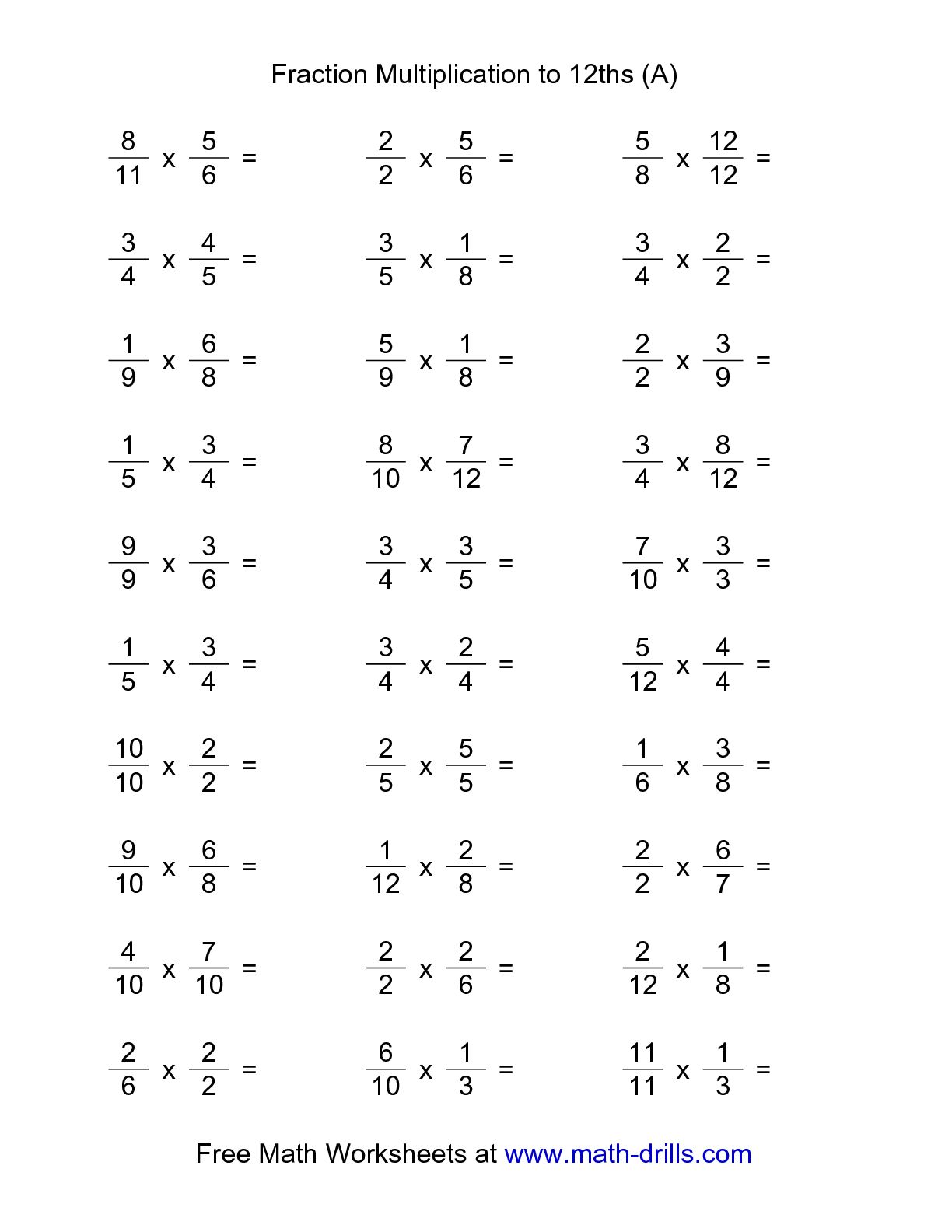
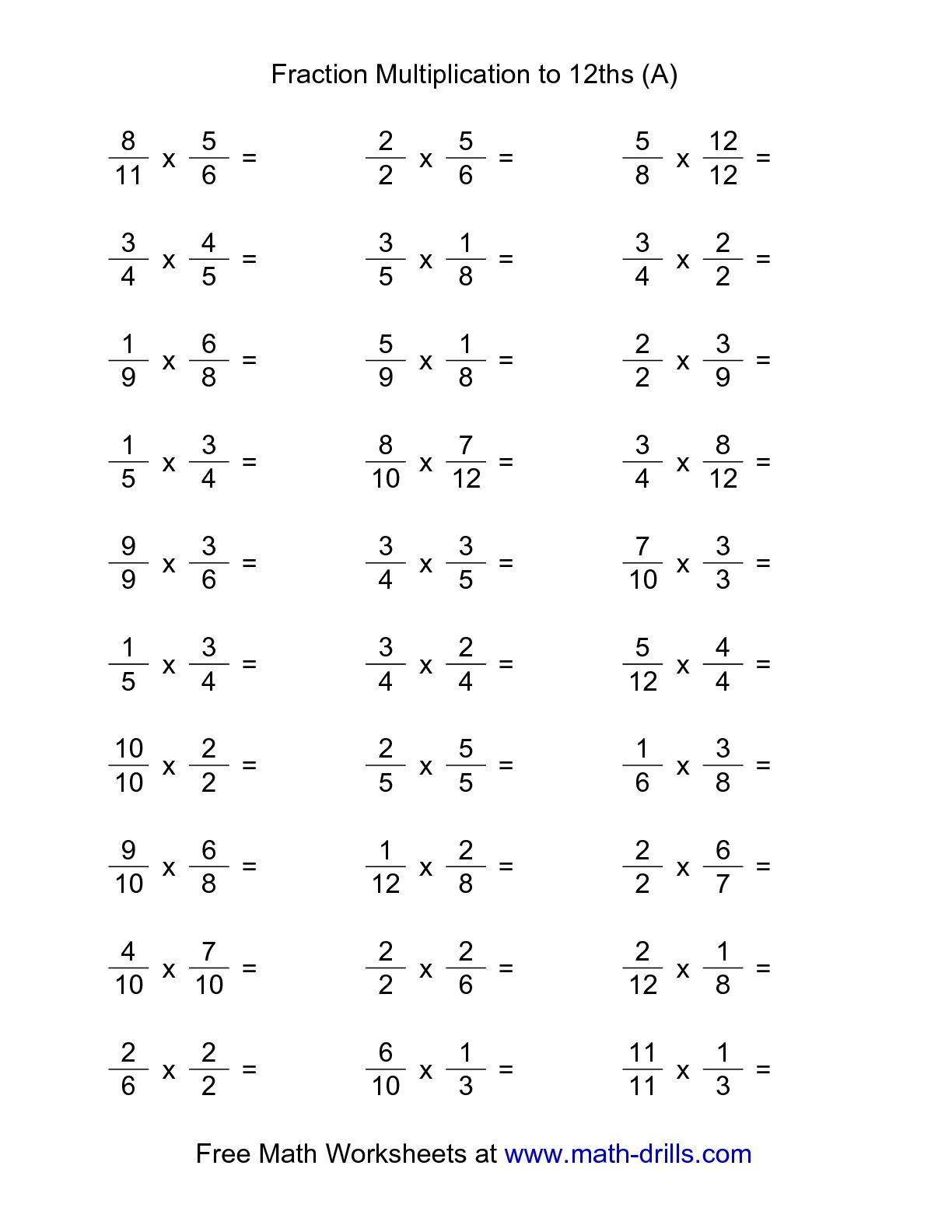















Comments